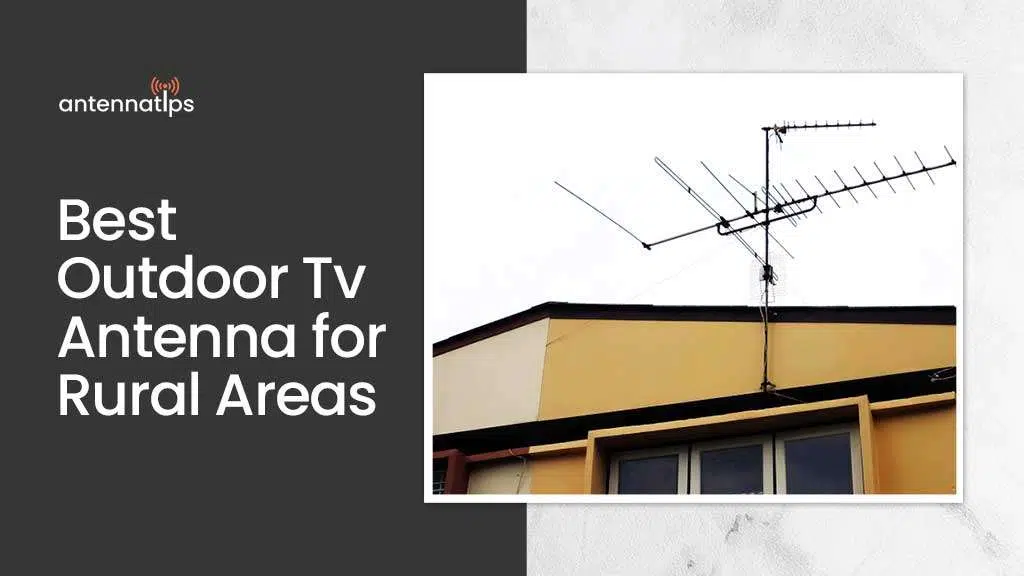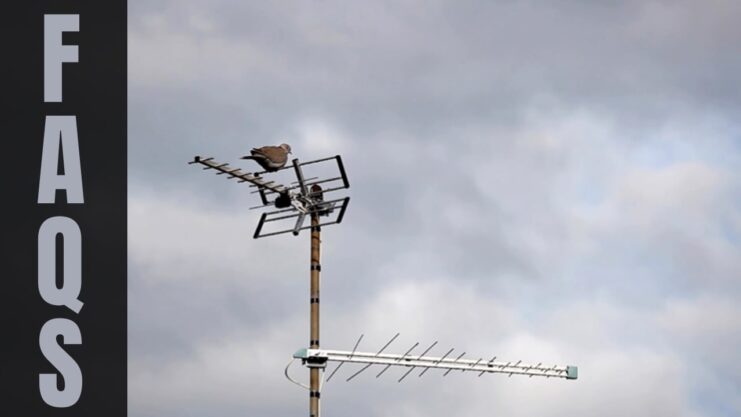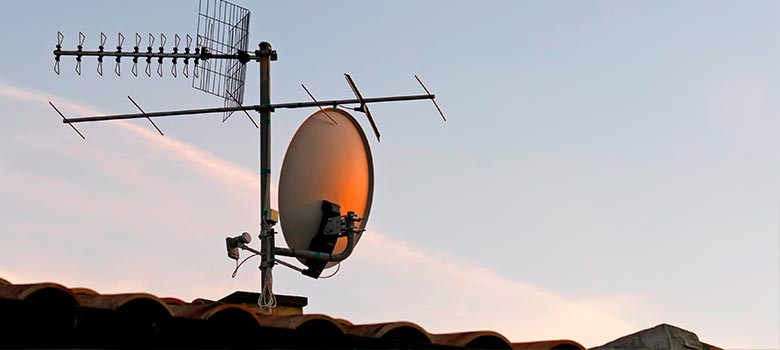What Is The Best Tv Antenna For Rural Areas
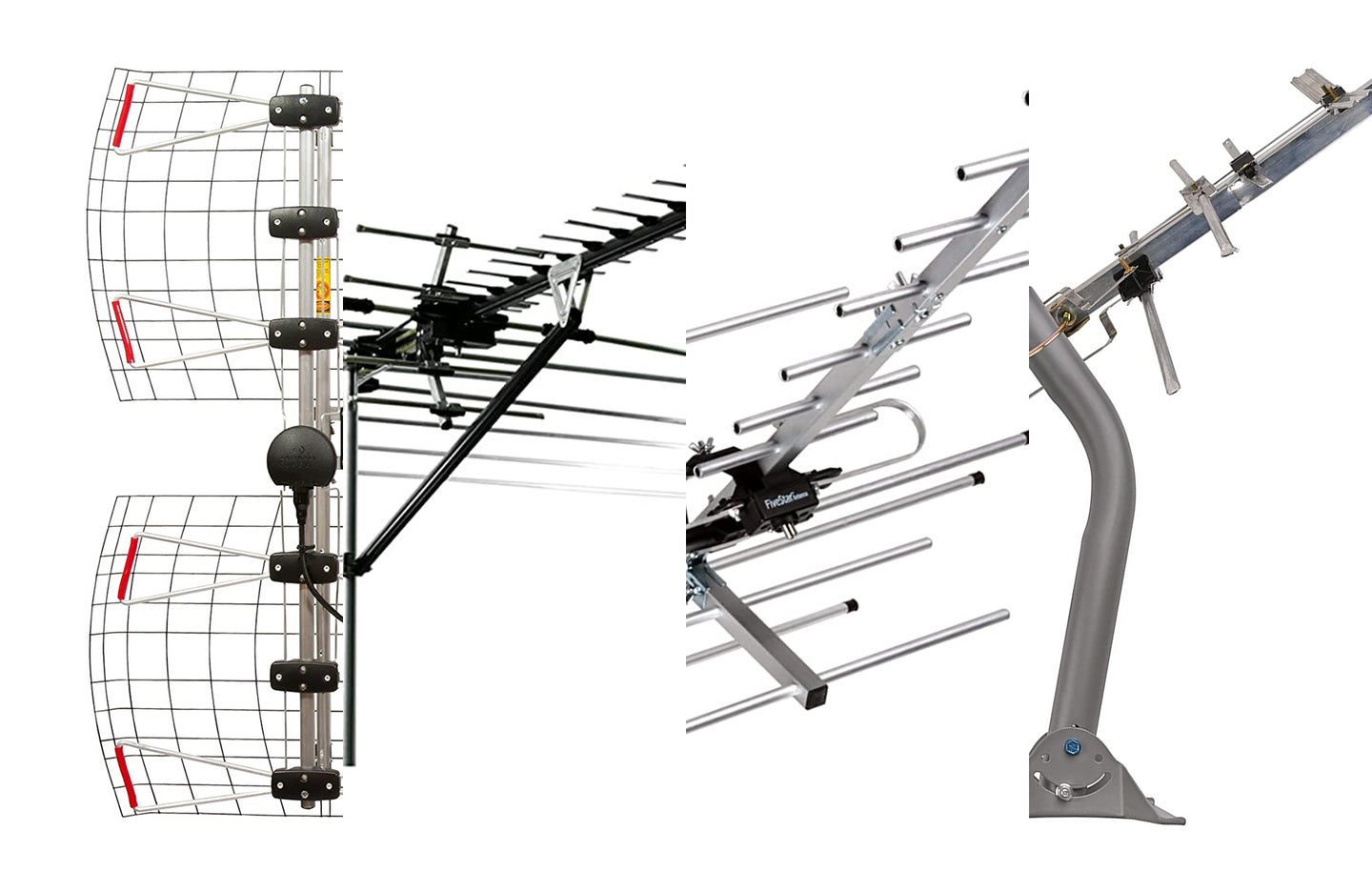
For those living beyond the reach of cable and struggling with spotty streaming services, over-the-air (OTA) television via antenna remains a viable, and often superior, option. But finding the best TV antenna for rural areas, where distance from broadcast towers and challenging terrain can significantly impact signal reception, requires careful consideration.
The quest for reliable, free TV in rural America is driving consumers to research and invest in antenna technology. This article explores the factors to consider when selecting a TV antenna for rural areas, examining antenna types, range requirements, and installation tips to help viewers cut the cord and enjoy free, high-definition television.
Understanding Rural Antenna Challenges
Rural environments present unique challenges for TV antenna reception. The primary obstacle is distance from broadcast towers, which can weaken signal strength considerably.
Geographical features like hills, valleys, and dense forests further obstruct signals, creating dead zones and inconsistent reception. Successfully overcoming these hurdles requires selecting the right antenna and strategically positioning it for optimal performance.
Antenna Types: Finding the Right Fit
Several types of TV antennas are available, each with its own strengths and weaknesses. Two main categories are directional and omnidirectional antennas.
Directional antennas are designed to receive signals from a specific direction, making them ideal for areas where broadcast towers are clustered in one location. These antennas typically offer greater range and signal strength compared to omnidirectional options.
Omnidirectional antennas receive signals from all directions, which can be beneficial if broadcast towers are scattered around your location. However, they generally have a shorter range and may be more susceptible to interference than directional antennas.
For rural areas, a high-gain directional antenna is often the best choice. These antennas are specifically designed to pull in weak signals from distant towers.
Key Factors in Antenna Selection
Beyond antenna type, several other factors influence reception quality. These include range, gain, and VHF/UHF compatibility.
Range is the maximum distance from broadcast towers that the antenna can effectively receive signals. In rural areas, a longer range is typically necessary to compensate for distance.
Gain refers to the antenna's ability to amplify incoming signals. A higher gain can improve reception in areas with weak signals or obstructions.
Most TV broadcasts now utilize both VHF (Very High Frequency) and UHF (Ultra High Frequency) bands. Ensure that the antenna supports both frequencies to receive all available channels. Check the FCC website for broadcast tower locations and channel frequencies in your area.
Installation and Optimization
Even the best antenna won't perform optimally if it's not installed correctly. Proper placement is crucial for maximizing signal reception.
Mounting the antenna as high as possible, preferably on a roof or mast, can significantly improve signal strength. Experiment with different antenna orientations to find the direction that provides the best reception for the most channels.
Using a signal meter can help pinpoint the optimal antenna position. If you're struggling with installation, consider hiring a professional installer.
"We switched to an OTA antenna after years of paying for cable," says Martha Olsen, a resident of rural Montana. "It took some trial and error to find the right antenna and get it positioned correctly, but now we enjoy dozens of channels in HD for free."
Impact and Future of OTA Television
The resurgence of OTA television is driven by rising cable costs and the increasing availability of high-quality antennas. For rural residents, it offers a cost-effective way to access news, entertainment, and local programming.
As antenna technology continues to improve, OTA television is likely to remain a relevant option for those seeking affordable and reliable TV service. The *Advanced Television Systems Committee (ATSC) 3.0* standard, also known as NextGen TV, promises even better picture quality, enhanced audio, and interactive features, further bolstering the appeal of OTA broadcasting.
Choosing the best TV antenna for rural areas requires a careful assessment of your specific location and reception challenges. By considering factors like antenna type, range, gain, and installation techniques, you can unlock a world of free, high-definition television and cut the cord for good.




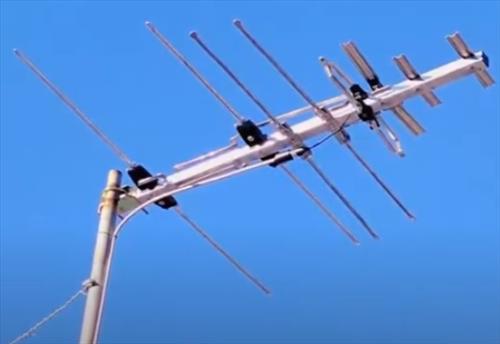


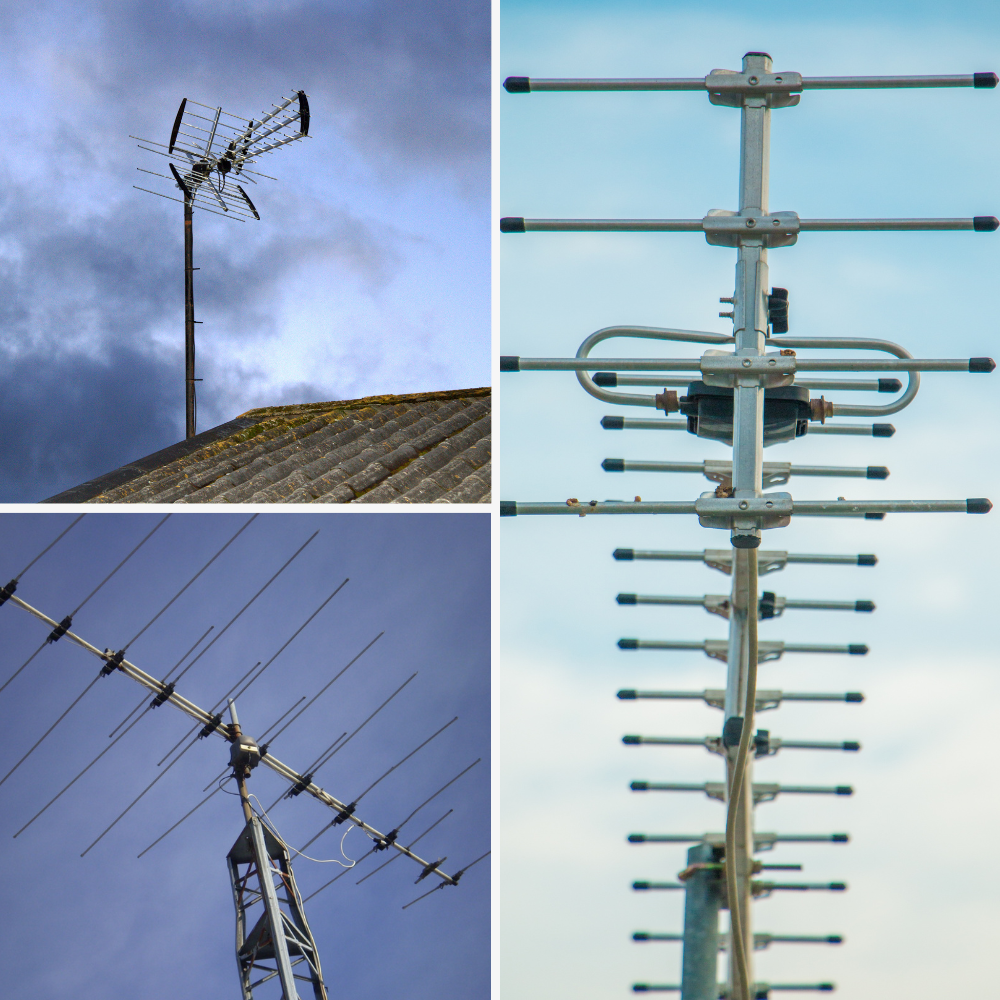
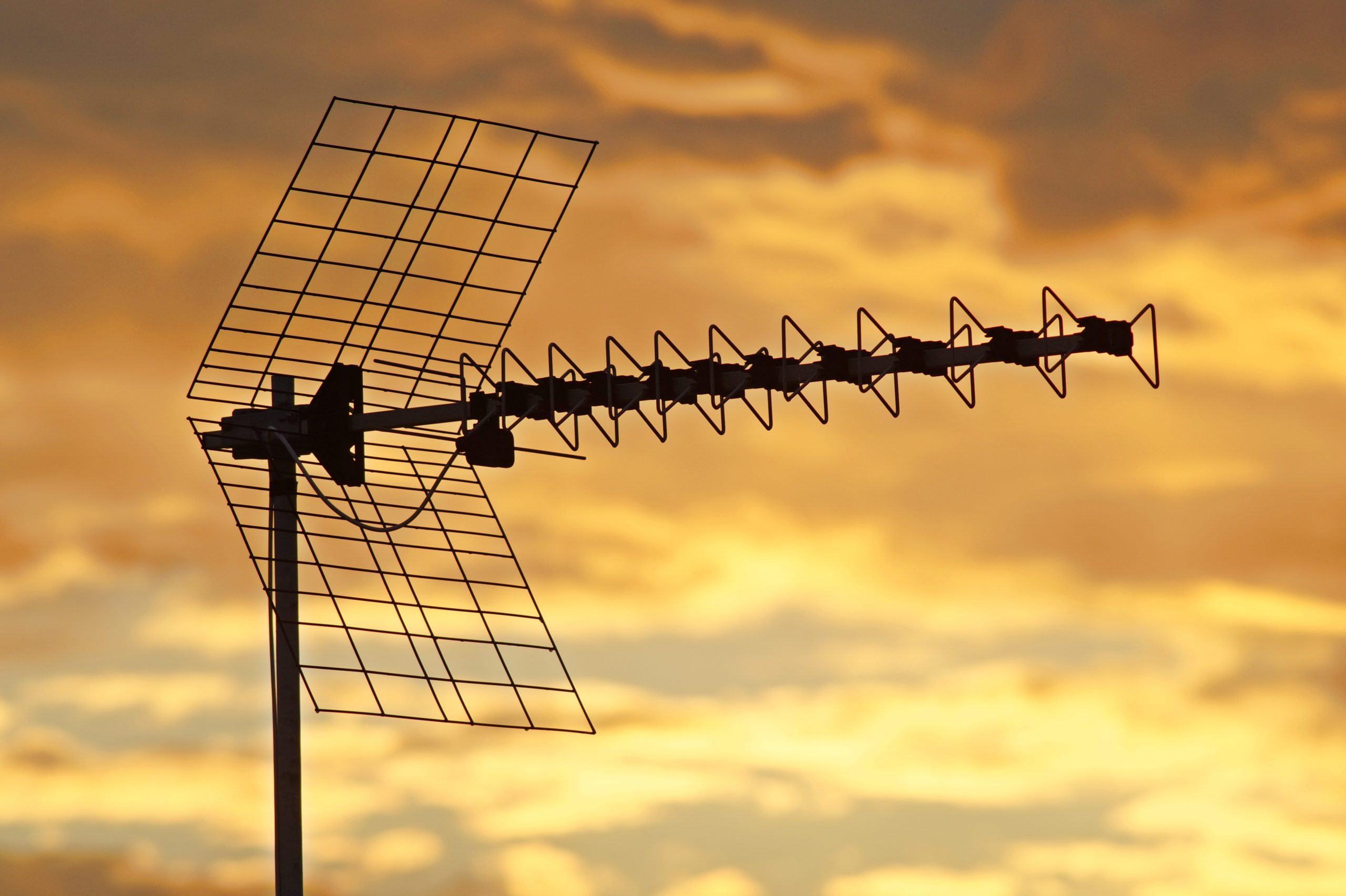


![What Is The Best Tv Antenna For Rural Areas Top 6 Best Outdoor TV Antennas For Rural Areas [2024] Reviews](https://cdn.adecenthome.com/1335860/best-outdoor-tv-antennas-for-rural-areas_768x432.jpg?v=4)
